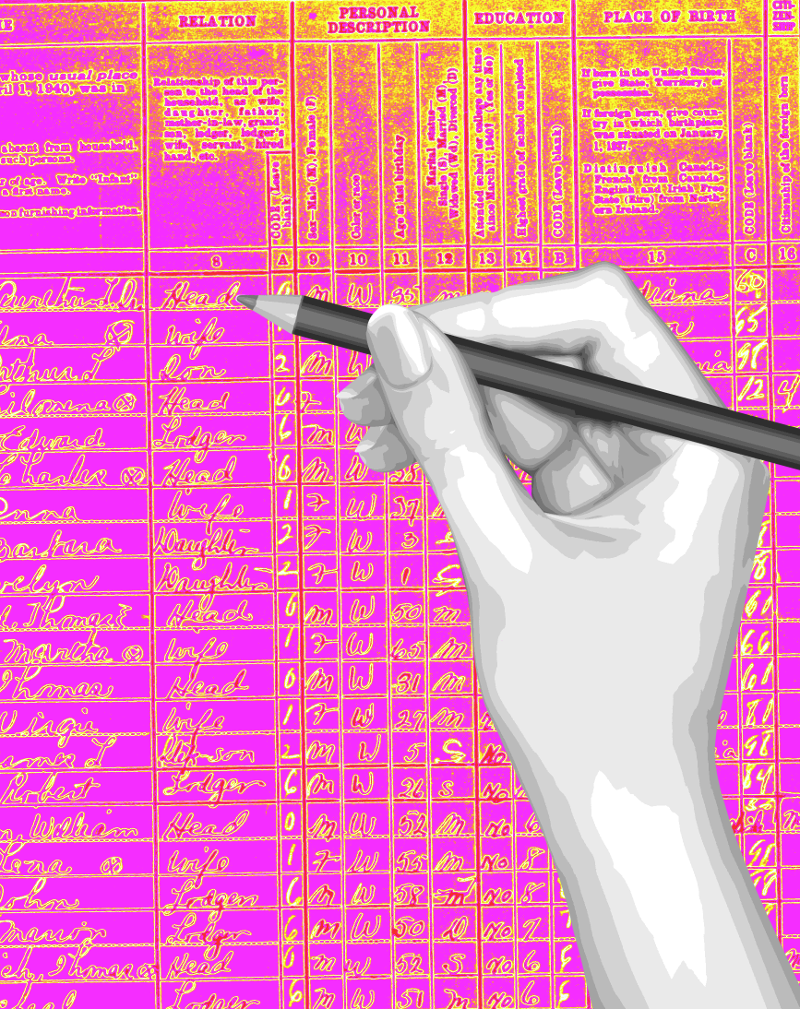Royal secrets unwound
 An unlikely bunch of codebreakers have cracked the secrets of Mary Queen of Scots’ lost letters.
An unlikely bunch of codebreakers have cracked the secrets of Mary Queen of Scots’ lost letters.
Secret, coded letters penned by Mary Queen of Scots while she was imprisoned in England by her cousin Queen Elizabeth I have been uncovered by a multidisciplinary team of international codebreakers.
The contents of the letters were believed for centuries to have been lost.
That was until George Lasry, a computer scientist and cryptographer, Norbert Biermann, a pianist and music professor, and Satoshi Tomokiyo who is a physicist and patents expert, stumbled upon them while searching the national library of the Bibliothèque nationale de France (BnF) online archives for enciphered documents.
The trio only discovered Mary was the author after solving her sophisticated cipher system. Their decipherment work of 57 letters, which is presented in the peer-reviewed journal Cryptologia, reveals approximately 50 new scripts previously unknown to historians.
These date from 1578 to 1584, a few years before her beheading 436 years ago - on the 8th of February, 1587.
Mary’s correspondences expose fascinating insights into her captivity. Most are addressed to Michel de Castelnau de Mauvissière, the French ambassador to England. He was a supporter of Catholic Mary who was under the Earl of Shrewsbury’s custody when she wrote them.
“Upon deciphering the letters, I was very, very puzzled and it kind of felt surreal,” says lead author Lasry, who is also part of the multi-disciplinary DECRYPT Project – involving several universities in Europe, with the goal of mapping, digitising, transcribing, and deciphering historical ciphers.
“We have broken secret codes from kings and queens previously, and they’re very interesting but with Mary Queen of Scots it was remarkable as we had so many unpublished letters deciphered and because she is so famous.
“This is a truly exciting discovery.”
He added: “Together, the letters constitute a voluminous body of new primary material on Mary Stuart - about 50,000 words in total, shedding new light on some of her years of captivity in England.
“Mary, Queen of Scots, has left an extensive corpus of letters held in various archives. There was prior evidence, however, that other letters from Mary Stuart were missing from those collections, such as those referenced in other sources but not found elsewhere.
“The letters we have deciphered … are most likely part of this lost secret correspondence.”
One of the 16th century’s most famous historical figures, Mary was first in line of succession to the English throne after her cousin Elizabeth.
Catholics considered Mary to be the legitimate sovereign and Elizabeth had her imprisoned for 19 years because she was seen as a threat. Mary was eventually executed aged 44 for her alleged part in a plot to kill Elizabeth.
During her time in captivity, Mary communicated with her associates and allies through extensive efforts to recruit messengers and to maintain secrecy.
The existence of a confidential communication channel between Mary and Castelnau is well-known to historians, and even to the English government at the time.
But Lasry and his fellow codebreakers provide new evidence that this exchange was already in place as early as May 1578 and active until at least mid-1584.
Using computerised and manual techniques, the study authors decoded the letters which show the challenges Mary faced maintaining links with the outside world, how the letters were carried and by whom.
Mr Lasry and his co-authors described how they first came across the letters, saying some were in a large set of unmarked documents in cipher and using the same set of graphical symbols.
The BnF catalogue listed them as from the first half of the 16th century, and related to Italian matters.
However, the study authors say they ‘quickly realised’ - after starting to crack the code - they were written in French and ‘had nothing to do with Italy’.
Their detective work revealed verbs and adverbs often in the feminine form, several mentions of captivity, and the name ‘Walsingham’ which aroused the suspicion that they might be from Mary, Queen of Scots.
This fact was confirmed by comparing them with the plaintext of letters in Walsingham’s papers in the British Library and through other methods. A search for similar letters in BnF collections uncovered 57 letters with the same cipher.
The authors suggest that other enciphered letters from Mary which are known to have existed may still be missing. A physical inspection of documents, as well as online searches, are needed to uncover these, they add.
It is hoped, now too, that the study will lead to future research.
“In our paper, we only provide an initial interpretation and summaries of the letters. A deeper analysis by historians could result in a better understanding of Mary’s years in captivity,” adds Lasry.
“It would also be great, potentially, to work with historians to produce an edited book of her letters deciphered, annotated, and translated.”








 Print
Print